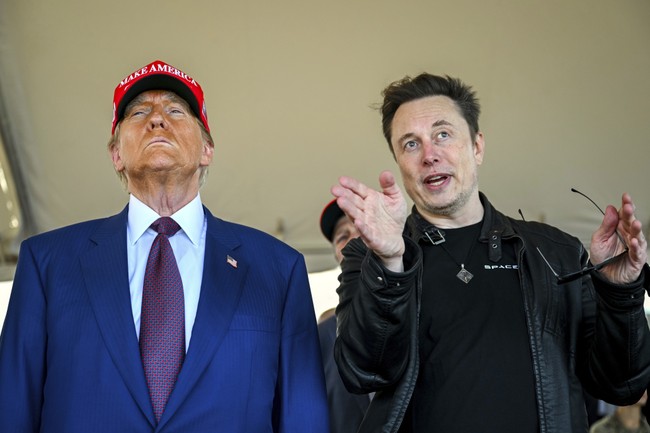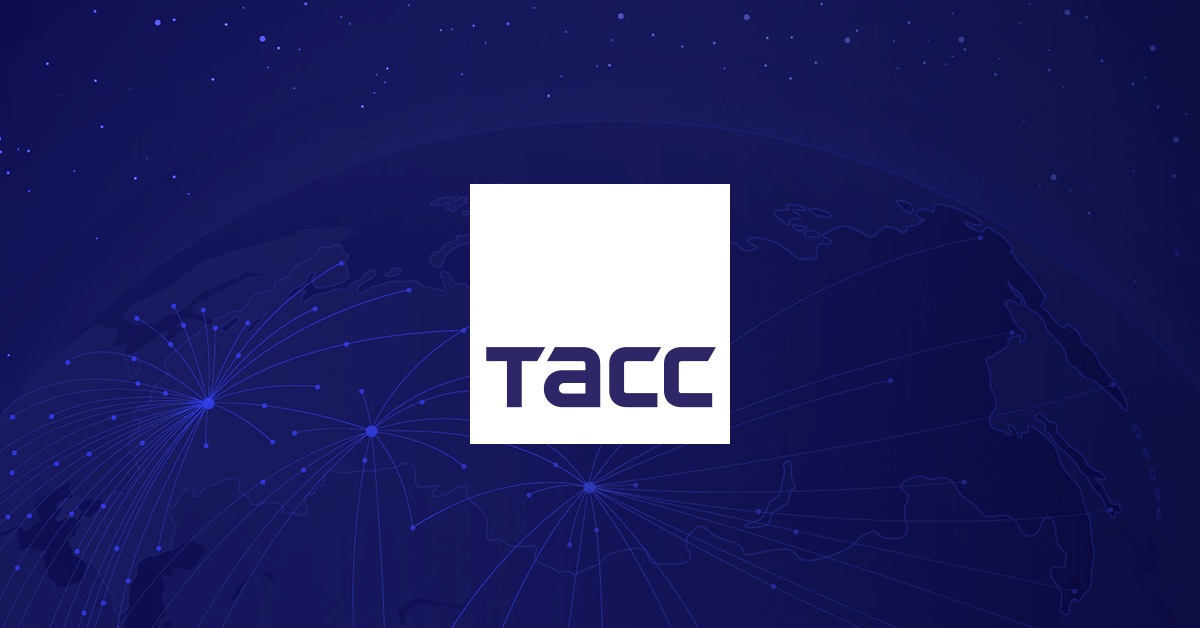Federal Funding Freeze and Legal Tensions Unraveled
A legal and political showdown unfolds as the Trump administration's attempt to freeze federal funding encounters staunch judicial resistance. This decision marks significant implications for entities reliant on federal grants.
Published February 04, 2025 - 00:02am

Image recovered from redstate.com
The unfolding legal saga surrounding the Trump administration's proposed federal funding freeze illuminates the complexities and tensions at the intersection of executive power and judicial oversight. Recently, U.S. District Judge Loren AliKhan issued a restraining order against the implementation of a funding freeze, which had been initially proposed through a memo from the Office of Management and Budget (OMB). This federal directive sought to halt potentially trillions of dollars in grants and loans, drawing a vivid line between the Trump administration's agenda and legal challenges posed by nonprofit organizations and Democratic states.
Judge AliKhan's decision echoes across multiple courtrooms, including a parallel case in Rhode Island, underscoring the judiciary's critical role in tempering executive actions deemed overreaching or inadequate in transparency. The core issue resides in the breadth of authority exercised by the OMB under the president's executive orders, which aim to realign federal monetary aid with his political goals, including areas such as fossil fuel production and removing diversity-related programs.
The funding freeze, which was abruptly enacted with minimal notice, has sparked confusion and disruption among numerous nonprofits and smaller entities dependent on federal funding to sustain operations. Despite the OMB memo's retraction, reports indicate that various agencies continue to enforce funding pauses, contributing to further disarray. Nonprofits supporting essential services, from disability support centers in West Virginia to small business initiatives, express significant hardships and potential closures due to these fiscal constraints.
The judge's critical concern lies in the vagueness and sweeping scope of the memo's directives, pointing out that the ongoing hold on funds without clear deadlines constitutes a severe risk of irreparable harm for many organizations. Furthermore, Judge AliKhan emphasized the judiciary's watchdog role to prevent unchecked executive discretion, especially when such directives can have expansive and immediate impacts on federal policy execution.
The Trump administration defends its position as legally allowable, arguing the need to purposefully synchronize funding and compliance with the broader strokes of presidential directives. However, legal representatives for the plaintiffs counter that these funding shifts exceed lawful boundaries, infringing on constitutional protections and established federal procedural norms. Moreover, advocacy groups like Democracy Forward argue that the funding freeze indirectly undermines the free operational premises of nonprofits, threatening their foundational missions and financial stability.
In the backdrop of this judicial stance, questions loom regarding the interchange between federal authority and judicial interpretation, presenting implications for both current and future administrations. The dispute further speaks to the broader political climate, where executive decisions meet pronounced scrutiny from legislative and judicial quarters, reflective of the delicate balance in U.S. governance.
As the judiciary deliberates the broader implications and legality of the funding freeze, stakeholders on all sides remain watchful. The Trump administration is likely to pursue expedited routes to higher courts, contending that the ability to enact these policies forms a critical aspect of executive governance. Meanwhile, those challenging the freeze prepare for extended legal contests to secure financial assurances pivotal to their collective missions.
Ultimately, this evolving situation underscores the ongoing debate over the reach of executive orders and the inherent checks and balances structured within the American political system. As the courts continue to interpret and mediate such high-stakes governmental maneuvers, the outcomes may establish significant precedents, influencing not only fiscal policy but also the future tenor of executive-judicial interactions.





